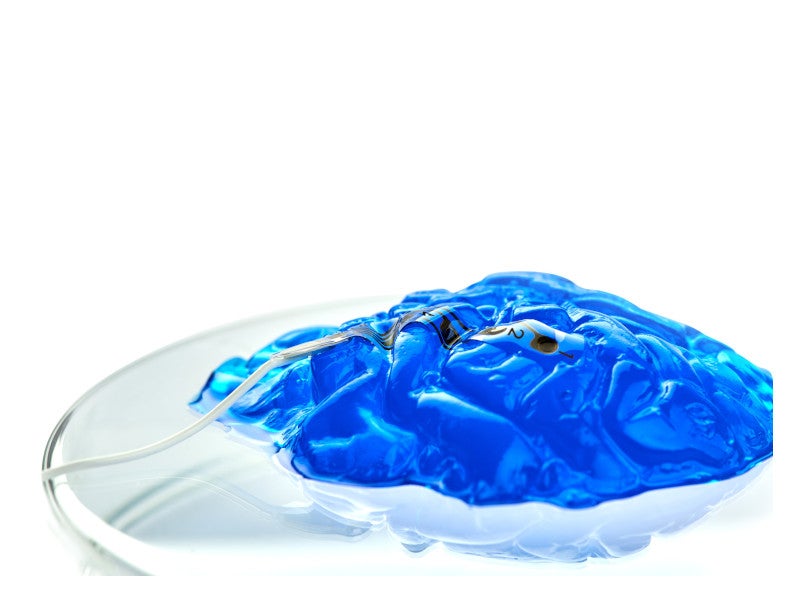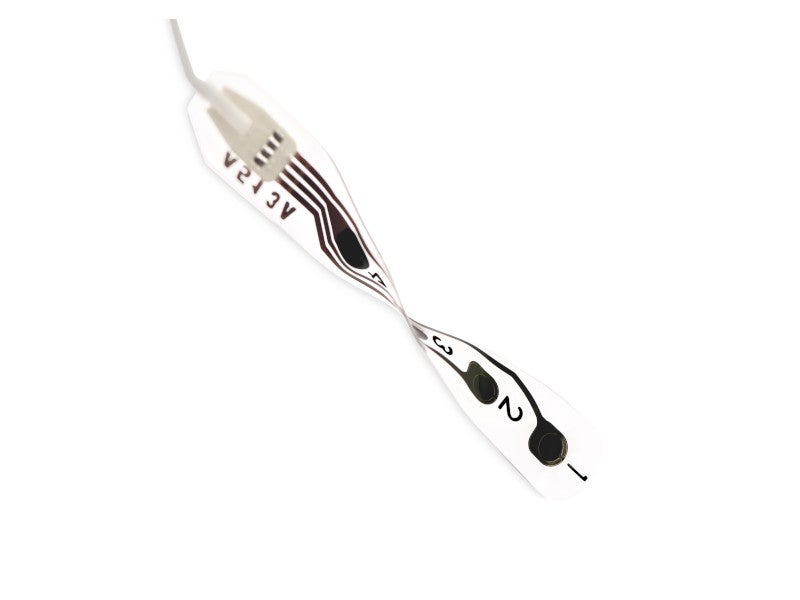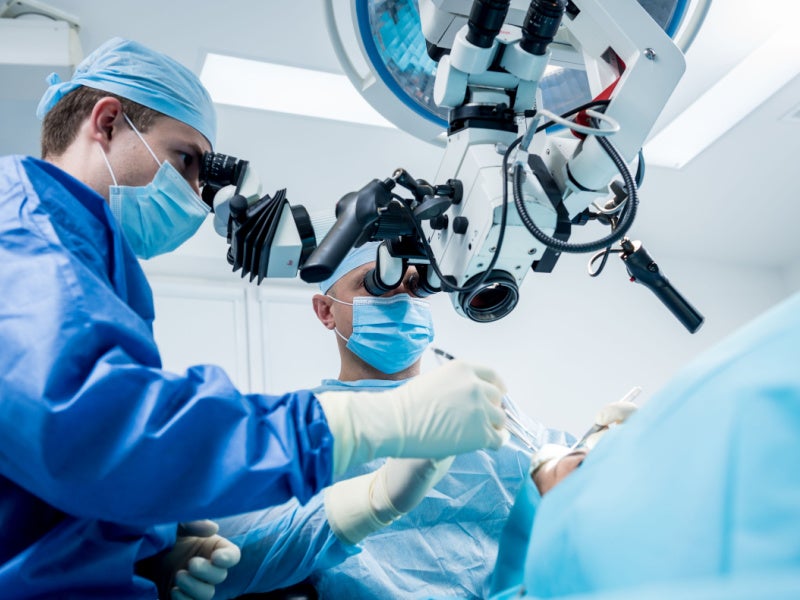The WISE Cortical Strip (WCS®) is a single-use medical device developed by WISE, a medical device company based in Italy, within the company’s WISEneuro® Monitoring product family for intraoperative neurophysiological monitoring (IONM) during surgeries related to brain tumours and epilepsy.
WCS is based on the company’s proprietary Supersonic Technology, which enables the production of electrodes that are exceptionally thin, stretchable and conformable. The electrodes have the capability for highly efficient stimulation and recording.
The thin and pliable WCS offers unmatched flexibility when it comes to conforming to the brain’s surface during neuro-monitoring procedures.
WCS was the company’s first product within the WISEneuro Monitoring family to receive the CE mark in May 2021, following the successful conclusion of the WIN study.
The device received US Food and Drug Administration (FDA) clearance in December 2022. It was also approved for sale and distribution in Australia in July 2023.
WISE Cortical Strip details and features
WCS® consists of stretchable platinum electrodes integrated into a soft and thin layer of medical-grade silicone, unlike traditional cortical electrodes that feature rigid metal discs encased in a thick silicone foil.
As the brain’s surface features folds and indentations, electrodes must be highly conformable to effectively adhere to the entire surface of the brain and monitor its functional integrity. WCS offers an exceptional ergonomic design and conforms closely to the surface of the brain.
The WCS silicon strip measures 62mm in length, with a thickness of 0.25mm. It utilises four platinum electrodes, with each electrode having an exposed geometric area of 4.3mm². The distance between the electrodes is 10mm, while the cable length is 400mm.
The WCS is designed for intraoperative use with equipment for recording, monitoring and stimulating electrical signals on the surface of the brain. The functionality aids intraoperative monitoring procedures during the surgical removal of brain tumours or areas causing epilepsy.
The most notable features of the device include extreme conformability, strong adhesion, superior adaptability, minimal impedance and optimal stability.
Supersonic technology details
The patented Supersonic Technology allows to production of devices with distinctive highly improved mechanical properties in terms of softness, thinness, flexibility and strength in a controlled environment and is highly ergonomic and conformable to the brain surface.
Using the technology, the company can produce electrodes that exhibit robust adhesion to the polymer, while being stretchable, flexible and biocompatible, meeting medical-grade standards and enabling efficient stimulation and recording. Furthermore, the technology facilitates the integration of electrodes into foils as thin as a few microns without causing harm to the foil. It offers the capability to manufacture electrodes with varying numbers of contacts, in any shape, density or size, spanning from micro to macro scales.
The electrodes manufactured with the technology can sustain significant deformations such as bending and stretching, and do not deteriorate upon thousands of extensive repeated elongations.
The technology is protected by patents granted in Canada, Europe, India, Israel, Japan, Korea and the US.
Clinical studies on WISE Cortical Strip
The performance of WCS has been successfully validated in a multicentric pre-market clinical study named WIN in Europe. Participants who have a confirmed diagnosis of epilepsy or a brain tumour necessitating intracranial surgery and who satisfy all eligibility requirements received IONM during a neurosurgical procedure using the WCS and a comparable device.
The primary electrophysiological techniques used for IONM include recording the brain’s electrical signals, such as somatosensory evoked potentials and electrocorticography, as well as electrically stimulating motor areas to evoke motor evoked potentials using cortical strips positioned on the brain’s surface.
The WIN study demonstrated the product’s safety, performance and usability.
The WCS exhibited superior performance compared to conventional cortical electrodes regarding electrical impedance under physiological conditions in the study. Furthermore, it demonstrated improved adhesion, conformability and stability on the brain surface.




